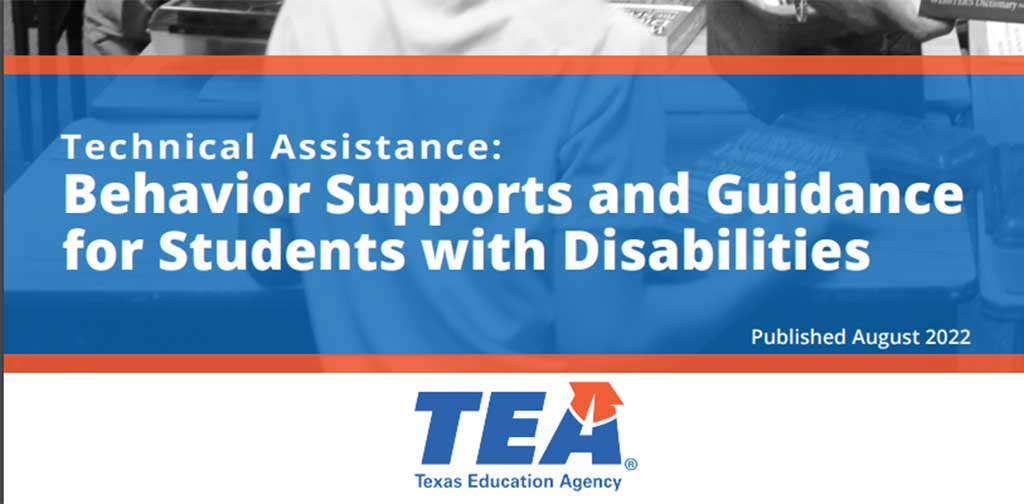Reading problems are the most common type of academic underachievement. Especially for students with dyslexia, learning to read and write can be exceedingly difficult. Dyslexia and related reading and language difficulties are the result of neurobiological variations, but they can be treated with effective instruction.
Effective instruction is instruction that is tied to student needs, as determined by diagnostic testing and evaluation. It is instruction delivered by knowledgeable and skilled individuals in a step-by-step fashion that leads to the achievement of desired outcomes or goals by targeting a student’s relative strengths and strengthening his or her relative weaknesses. Effective instruction also requires the ongoing monitoring of student progress to determine the ultimate course and duration of the instruction.
The earlier your child receives effective instruction the better, but people with dyslexia and related disorders can be helped at any age. Even for students with severe and persistent dyslexia who need specialized instruction outside of the regular class, competent intervention from a specialist can lessen the impact of the problem and help the student overcome and manage the most debilitating difficulties (See the International Dyslexia Association’s Knowledge and Practice Standards for Teachers of Reading, pages 1-2, at www.interdys.org/standards.htm).
What Is Effective Instruction?
Effective instruction employs instructional approaches that have been studied and tested by experts in the field of education. These researchers have found that students benefit the most from instructional approaches that are explicit, systematic, cumulative, and multisensory. They integrate the teaching of listening, speaking, reading, spelling, vocabulary, fluency, handwriting, and written expression. These approaches also emphasize the structure of language: phonology, orthography, morphology, syntax, and semantics.
Effective teaching of oral language, reading, and written expression to students with dyslexia also requires teachers with expert knowledge, skills, and abilities. They must understand how language skills are acquired, how reading skills are developed, and that there are individual differences in how students learn. In addition, these teachers need teaching experiences supervised by experts, often referred to as practicum experiences, to ensure that they learn to use these instructional approaches effectively. Teaching reading really is rocket science (Moats, 1999). So, it’s important to make sure that your child has a teacher who is prepared to do this challenging work.
How Do Educators Develop and Implement Effective Instruction?
Research over the last three decades has provided a vast knowledge base that informs both our ability to identify students at risk and to effectively plan their instruction (Spear-Swerling, 2010). The International Dyslexia Association’s Knowledge and Practice Standards for Teachers of Reading (IDA, 2010; www.interdys.org/standards.htm) clearly define the knowledge, skills, and abilities needed to competently teach students with dyslexia and related reading and language disorders. The standards are divided into two broad sections: Section I: Knowledge and Practice Standards and Section II: Guidelines Pertaining to Supervised Practice of Teachers of Students with Documented Reading Disabilities or Dyslexia Who Work in School, Clinical, or Private Practice Settings. Section I includes standards for content knowledge and teaching skills needed by all teachers of reading.
Section II gives a continuum of competencies needed for application of the content knowledge and practice standards at two levels: Level I expectations for teachers and Level II expectations for specialists. Instructional approaches and programs may differ in specific techniques and materials, but those found to be most effective include structured, explicit, systematic, cumulative instruction designed to promote understanding, memory, recall, and use of spoken and written language. Effective instruction integrates multiple components that focus on phonological processing skills, phonics and word analysis, spelling, word recognition, oral reading fluency, grammar and syntax, text comprehension, writing, and study skills.
References:
- International Dyslexia Association (2010). Knowledge and Practice Standards for Teachers of Reading (www.interdys.org/standards.htm).
- Moats, L.C. (1999). Teaching Reading IS Rocket Science: What Expert Teachers of Reading Should Know and Be Able To Do. (Item #372) Washington, DC: American Federation of Teachers.
- Spear-Swerling, L. (Fall, 2010). IDA’s Knowledge and Practice Standards and Teacher Preparation. Perspectives, 36 (4): 7-9. [IDA website: http://www.interdys.org]
- The International Dyslexia Association (IDA) thanks Nancy Cushen White, Ed.D., for her assistance in the preparation of this fact sheet.
The International Dyslexia Association · 40 York Road · Fourth Floor · Baltimore · MD · 21204 Tel: 410-296-0232 · Fax: 410 321-5069 · E-mail: info@interdys.org · Website: http://www.interdys.org



